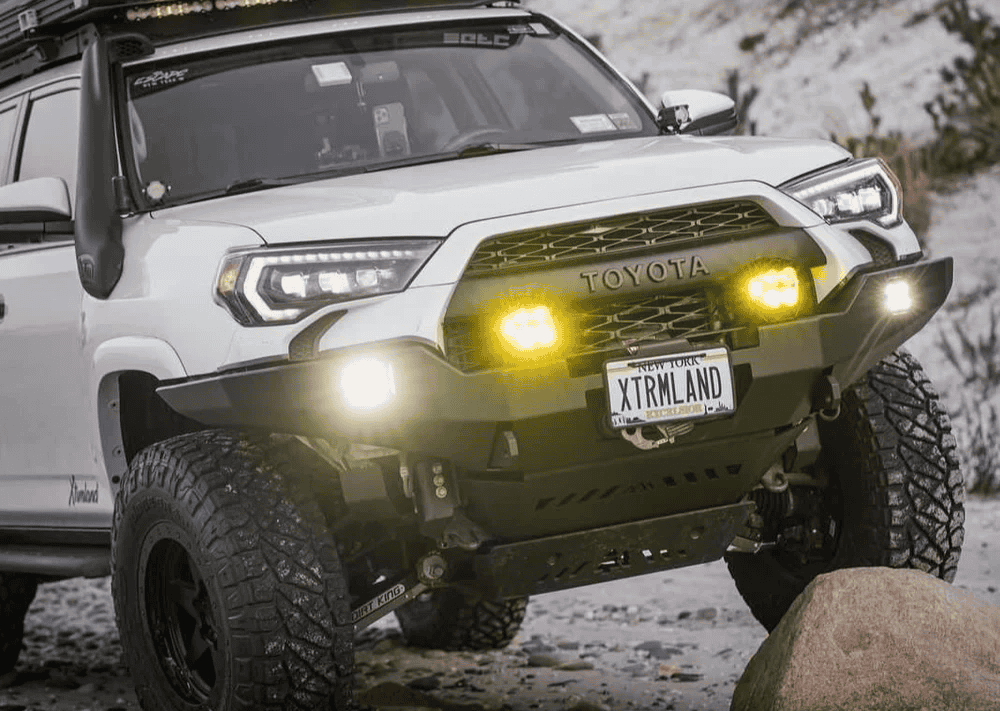Overland Vehicles

A 4x4 overland camper thrives where pavement ends because the truck and living system work as one tool. Start with ground clearance, approach and departure angles, and a true low range transfer case for slow, controlled climbs. Locking differentials or a capable traction control system matter when a rutted shelf road turns greasy after a storm. Payload is the unsung hero; the combined weight of camper, water, fuel, recovery gear, and passengers must live under the door sticker with margin to spare. A well matched overland camper truck feels planted on washboards, brakes confidently on long descents, and keeps temperatures in check on hot, high passes.
Soft goods and structure separate weekend shells from genuine travel homes. Framed pop up roofs reduce center of gravity and wind resistance, while composite panels and aluminum extrusions cut mass without inviting corrosion. Electrical systems should be simple to troubleshoot in the field yet stout enough to power a fridge, lights, and charged devices for days. Aim for a modular layout so gear stays accessible without unpacking your life on the trail.
Engine power is nice, but braking and suspension control carry the day. A lighter half ton may handle lightweight pop up truck campers if the build stays minimal, while a three quarter ton opens headroom for water, spares, and armor. Tire choice raises or lowers your effective gear ratio; a jump to 35 inch rubber demands attention to axle gearing to keep drivability crisp. Pair springs or air support with quality shocks to tame corrugations without punishing occupants.
A proper 4 season pop up camper does more than survive a frost. Look for continuous insulation around the box and soft walls, draft sealed canvas or synthetic panels, and insulated bed platforms. Diesel or gas fired air heaters sip fuel and keep condensation low when paired with controlled ventilation. In summer, low profile pop ups reduce drag and heat soak, and vented roofs move hot air up and out. Keep water systems inside the thermal envelope where possible; exterior tanks and lines demand insulation and heat tracing when temperatures drop.
Battery chemistry changes the game. Lithium packs store more energy per pound and deliver it consistently in the cold when protected from extreme lows. Couple that with a compact DC to DC charger from the alternator and a trimmed solar array to keep the system topped off on bluebird days. Efficient appliances do heavy lifting here: a compressor fridge, LED lighting, and an induction or canister stove make the most of stored energy.
Wind is a relentless tax. Pop up designs cut frontal area and let a lightweight truck hold highway speed with less throttle. Lower mass also helps in the rough stuff, where unsprung weight and roof load magnify body motion. The payoff arrives at the pump and on tight trails, where a narrow profile passes branches that would snag a tall box.
Bed campers shine for compactness and agility, but a pop up camper flatbed trailer adds cargo and water capacity without burying a truck in weight. A well balanced single axle trailer with quality articulation and brakes tracks cleanly through switchbacks and lets the tow vehicle stay nimble when unloaded at camp. Flatbed conversions on the truck itself remove factory beds, recenter mass, and unlock storage in underbody boxes.
Choosing between these formats depends on the travel map. Frequent technical trails favor a lightweight bed camper with minimal roof load. Long desert crossings with family gear might lean toward trailer hauling, moving heavy items off the chassis while keeping the truck light and quick over sand. Either way, plan recovery points, a jack base, and a sensible tool kit because problems find the unprepared.
Write down how many nights you expect off grid, your coldest and hottest temps, and the longest fuel and water stretches. That list will set tank sizes, battery capacity, and heating or cooling choices. Add real weights for food, bikes, spares, and pets to keep the math honest. Good plans are boring on paper and brilliant on the trail.
When you are ready to translate specs into metal and sawdust, proven build processes matter. If you want a capable base with lockers, tuned suspension, and a clean interior layout, explore our Overland rigs at Overland rigs. For tailored layouts, power systems, and integrated storage designed around your gear list, see our Custom overland upfit. Curious how we think through payload, climate control, and trail reliability with clients from first sketch to handoff? Visit Why choose OZK.
We build with the same priorities outlined above: match the platform to the load, keep weight honest, and protect comfort in all weather. Whether your vision is a nimble 4x4 overland camper on a lightweight truck or a flexible setup with a pop up camper flatbed trailer, the right plan makes miles feel easy.
Submit your trip details, favorite terrain, and must have gear, and we will map a clear path from concept to camp so the next trail feels like home.
Ready to turn your plan into a proven rig? Tell us how you travel, and our team will blueprint a build that fits your payload, climate, and terrain. Share your goals in the form and get a tailored path to your overland setup.
ADDRESS:
6159 E Huntsville Rd, Fayetteville, AR 72701
PHONE:
(479) 326-9200
EMAIL:
info@ozkvans.com